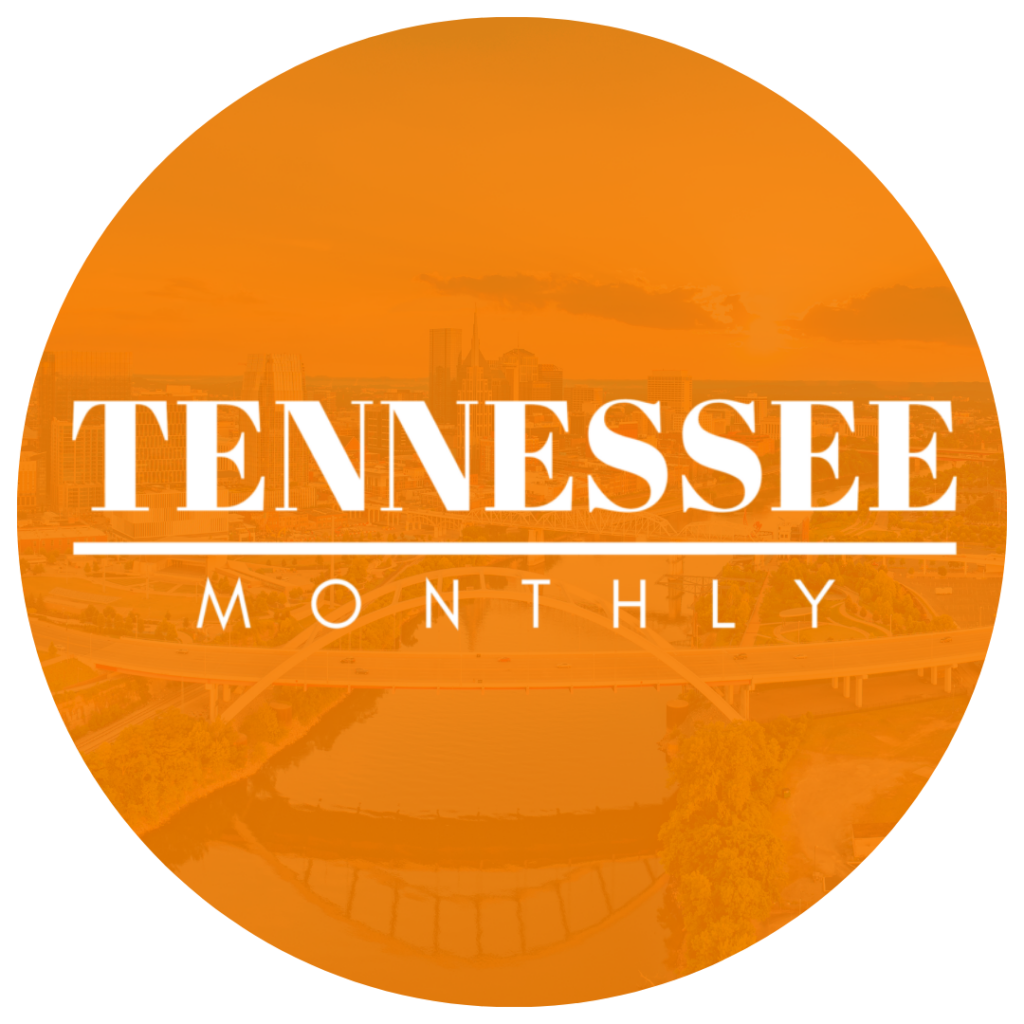Cobra envenomation is a serious medical emergency that requires immediate attention and intervention. Cobras, some of the most venomous snakes in the world, can inject potent venom that can lead to rapid systemic effects, including paralysis, respiratory failure, and even death. Understanding how to recognize symptoms, administer first aid, and manage the envenomation medically is crucial for survival. This article explores the different aspects of cobra envenomation, from identifying the symptoms to providing life-saving first aid and medical treatments.
Read Also: Could Another Ice Age Happen? The Science Explained
What is Cobra Envenomation?
Cobra envenomation refers to the poisoning caused by the bite of a cobra. Cobras, belonging to the Elapidae family, inject venom through their fangs when they bite. The venom of many species of cobras is highly toxic, containing a mixture of neurotoxins, cytotoxins, and cardiotoxins that can cause severe damage to the body. Depending on the species of cobra, the venom can lead to neurotoxic effects, tissue damage, or both.
The most well-known species that cause envenomation are the Indian cobra (Naja naja), the king cobra (Ophiophagus hannah), and the spitting cobra (Naja spp.). The venom acts quickly, affecting the nervous system and potentially causing death if not treated promptly.
How Do Cobras Deliver Venom?
Cobras inject venom through hollow fangs, which are located at the front of their upper jaw. When a cobra strikes, its fangs pierce the skin, and the venom is delivered directly into the victim’s body through two ducts that run along the fangs. The venom is released under pressure, and it can spread rapidly through the bloodstream, leading to systemic effects.
Some species of cobras, such as the spitting cobra, can even project venom into the eyes of their prey or attackers, leading to temporary blindness or severe irritation.
Symptoms of Cobra Envenomation
The symptoms of cobra envenomation can vary depending on the species of cobra and the amount of venom injected, but common signs include:
Local Symptoms
-
Pain and Swelling: The area around the bite may become painful, swollen, and red. However, local symptoms can be mild in some cases, especially if the bite is dry (no venom injected).
-
Bruising or Bleeding: In some cases, the bite may lead to internal bleeding or bruising due to the cytotoxic effects of the venom.
Systemic Symptoms
The venom of many cobras primarily targets the nervous system, leading to the following symptoms:
-
Dizziness and Confusion: Victims may experience confusion, dizziness, or a feeling of disorientation as the venom affects the brain and nervous system.
-
Weakness or Paralysis: The venom of cobras, especially neurotoxic venom, can cause muscle weakness or even paralysis. Respiratory paralysis is a critical risk.
-
Difficulty Breathing: The venom may paralyze the diaphragm, making it difficult for the victim to breathe. This is a potentially life-threatening symptom.
-
Slurred Speech and Drooping Eyelids: As the venom spreads, neurological symptoms like difficulty speaking or drooping eyelids can occur.
Severe Systemic Effects
If left untreated, the effects of cobra venom can escalate rapidly, leading to:
-
Respiratory Failure: Paralysis of the respiratory muscles can lead to suffocation if mechanical ventilation is not provided.
-
Circulatory Shock: Severe envenomation can cause a drop in blood pressure, leading to shock.
-
Death: In extreme cases, particularly with large doses of venom from species like the king cobra, death can occur within hours of the bite due to respiratory failure, cardiac arrest, or systemic organ failure.
First Aid for Cobra Envenomation
Immediate first aid can make a critical difference in survival and outcomes after a cobra bite. While professional medical care is essential, there are steps that can be taken in the first moments after a bite:
Stay Calm and Assess the Situation
-
Stay Calm: The victim should remain as calm as possible to slow down the spread of venom through the body. Anxiety can increase the heart rate, accelerating the circulation of venom.
-
Call for Help: Immediately seek medical assistance. Contact emergency services or a medical facility with experience in handling snakebites.
Keep the Victim Still
-
Limit Movement: Try to keep the victim still and calm. Movement can accelerate the spread of venom through the bloodstream. Encourage them to lie down and avoid any physical exertion.
-
Positioning: Keep the affected limb immobilized and at or slightly below the level of the heart to slow venom spread.
Clean the Bite Area
-
Do Not Apply Ice or Tourniquets: Do not attempt to ice the bite or apply a tourniquet, as these can make the situation worse. Ice can damage tissue, and tourniquets can increase the risk of complications.
-
Clean the Bite Area: Gently clean the bite area with water if possible, but avoid scrubbing or irritating the wound. Do not apply any pressure on the wound.
Monitor for Symptoms
-
Observe for Systemic Symptoms: Keep a close watch on the victim for signs of difficulty breathing, weakness, or loss of consciousness. If the victim becomes unconscious or unable to breathe, rescue breathing or CPR may be necessary.
-
Record the Time of the Bite: Note the time of the bite and any symptoms that appear. This will help healthcare providers determine the necessary treatment.
Medical Management of Cobra Envenomation
Once the victim reaches a healthcare facility, the medical team will begin urgent treatment to neutralize the venom and address symptoms. Some key aspects of medical management include:
Antivenom Administration
The most critical aspect of treating cobra envenomation is the administration of antivenom. This is a serum containing antibodies that neutralize the venom. The specific type of antivenom depends on the species of cobra and the region where the bite occurred. It is important that antivenom is administered as quickly as possible to reduce the severity of symptoms.
Supportive Care
-
Ventilatory Support: In cases of respiratory paralysis, the victim may require mechanical ventilation to assist with breathing.
-
Intravenous Fluids: To combat shock or low blood pressure, patients may be given intravenous fluids to stabilize their circulatory system.
-
Pain Management: Analgesics and other medications may be administered to manage pain and inflammation.
Monitoring and Follow-up
Victims of cobra envenomation need to be closely monitored for complications such as organ failure, cardiac arrest, or secondary infections. Hospital care may last for several days, depending on the severity of the bite and the response to treatment.
Prevention of Cobra Bites
While cobra envenomation can never be fully prevented, some basic steps can reduce the risk of encountering cobras:
-
Stay Alert in Cobra Habitats: In regions where cobras are prevalent, avoid walking in tall grass, near caves, or in other areas where snakes may hide.
-
Wear Protective Footwear: If traveling in areas known to have cobras, wear thick boots and long pants for added protection.
-
Educate the Community: Public awareness campaigns can help people recognize and avoid cobras, reducing the likelihood of bites.
Read Also: How to Handle Encounters with Potentially Dangerous Animals
The Importance of Immediate Action
Cobra envenomation is a medical emergency that requires immediate attention. The rapid onset of symptoms and the potential for fatal complications make it critical for victims to receive proper first aid and medical care as quickly as possible. While cobras are dangerous, prompt treatment with antivenom and supportive care can save lives. By understanding the symptoms, first aid steps, and medical management options, individuals can be better prepared to handle cobra bites and minimize their impact.








